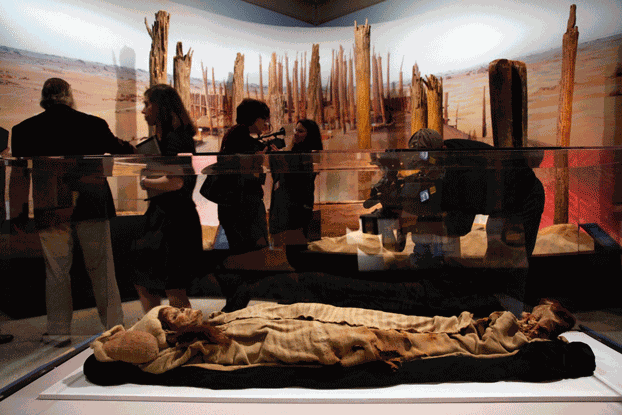Family of dead soldier questions military’s drowning claim
The family of a Vietnamese soldier has questioned claims by the military that he drowned while stationed at Ba Vi, on the outskirts of Hanoi. On June 11, the family wrote on social media that a soldier from Tuyen Quang city had died. Research by RFA revealed the dead man was Ly Van Phuong, a 22-year-old ethnic Hmong, who had been serving in the Vietnamese military at Infantry Officer School No. 1 since February last year. Phuong’s family said his unit notified them that he was missing on the afternoon of June 9. The following morning, family members went to Ba Vi to look for him but returned home after failing to find him. On June 11, they received a phone call from his unit telling them that Phuong’s body had been found in a pond near the barracks. According to the soldier’s younger sister, Ly Thi Thu Hang, Phuong’s unit initially tried to persuade the family not to come to collect his body and instead to wait for the army to bring it to them. The family refused and insisted on going to the site of his death. “I went down but they still wouldn’t let me see the place where my brother died,” Thu Hang said. “Later my family argued with them and then they took us to the scene.” Thu Hang said there were many signs of a fight at the scene and they saw maggots on the ground even though her brother’s body was said to have been found in the pond. “I don’t know if it’s real, but it’s unacceptable,” she said. The family said they were asked by Phuong’s military unit to bring his body back home for burial as quickly as possible and were offered VND500 million (U.S.$22,400). “At first, they said that they would pay VND500 million to my family to bring my brother back and that’s it. They wouldn’t let my brother stay there anymore. My parents couldn’t accept that because they wanted to investigate further but they still wanted my parents to take my brother home.” RFA was unable to verify the family’s claims because it could not contact Infantry Officer School No. 1. Although initially intending to leave Phuong’s body at the barracks and request an investigation, the family decided on Sunday to bring it home for burial because it was severely decomposed. On the same day, Vietnam News Agency (VNA) reported on the incident, stating the view of the military unit. It said that Phuong was discovered missing at 5:30 a.m. on June 9. The unit later organized a search but could not find him. VNA said people discovered his body floating in a lake about 100 meters away from the unit on the evening of June 10. A representative of Infantry Officer School No. 1 said the military school was investigating the cause of death, VNA reported. When asked how she felt about her brother’s sudden death while performing military service, Ly Thi Thu Hang said: “On June 9, when they reported my brother was missing, I was already worried. Then they said that maybe he had gone out with some girls but I thought for sure that my brother hadn’t gone.” “Then my parents went down to look for him but couldn’t find him. On Saturday morning, when I heard that my brother had died, I was shocked feeling like it wasn’t true.” Thu Hang said she felt worried for her brother after hearing about the death of another soldier, Tran Duc Do, who died during military service in Bac Ninh. That incident took place in June, 2021 creating shock and anger across the country. Although the soldier’s family claimed that his son was beaten to death, the army ultimately concluded that Do hanged himself. In December 2021, a similar incident occurred in Gia Lai province, when another soldier, Nguyen Van Thien, died at his unit. Senior officers initially claimed Thien died in a fall at his barracks. A subsequent investigation showed he was beaten to death by his teammates, leading to the investigation and arrest of three servicemen believed to have been responsible. Based on those two cases, Ly Van Phuong’s family said that they did not believe he had drowned.







